Do you ever look at your neighbor’s lawn and wonder if their grass really is greener? Keeping your lawn thick, lush, and green in Colorado Springs can be challenging due to the semi-arid climate, freezing weather, water restrictions, and common local lawn diseases. Overseeding is one tactic that can help improve the health and appearance of your Colorado Springs lawn, but this trick requires a bit of finesse and know-how to get the best results.
Find out how to seed your lawn for maximum benefits, uncover the biggest myths about overseeding, and discover the best seed types for the region so you can confidently grow a lawn that will turn your neighbors absolutely green with envy.
What is Overseeding?
Lawn overseeding is adding grass seed to your existing lawn to improve its health and appearance.
There are a number of benefits to lawn seeding, including:
- Adding more color to your lawn
- Adding diverse grass types to your lawn
- Creating a thicker, lusher lawn
- Filling in brown or dead spots
- Better resistance to damaging insects, diseases, and drought
How to Overseed a Lawn
While overseeding sounds pretty simple, there’s more to it than tossing some grass seed onto those bare, brown patches and hoping it magically transforms into a lush carpet of envy-inducing lawn.
Getting the best results from seeding requires the right:
- Type of seed
- Lawn preparation
- Equipment
- Watering routine
- Mowing schedule
Over the years, we’ve answered many questions about overseeding in Colorado Springs. Here are the answers and tips our certified J. Rick Lawn & Tree technicians want you to know about the right — and wrong — way to seed your lawn.
When Should I Overseed My Lawn?
In Colorado Springs, the best time to seed a lawn is when the air temperature has consistently reached temperatures of 65-70°F and irrigation systems have been turned back on.
Fall is the ideal time to seed, but don’t wait too long. Prep your lawn and seed by September at the latest. Late spring is also a popular time for seeding; however, be aware that you may have to deal with more weed issues in the spring compared to the fall.
What Types of Seed is Best When Overseeding?
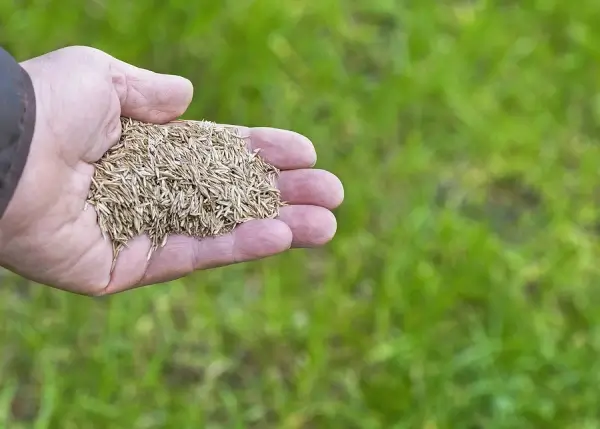
Choosing the best lawn seed means understanding what grass grows best in Colorado and what benefits you’re looking to add to your existing lawn.
Because of its unique climate, the best grass to grow in Colorado Springs is drought-resistant and appropriate for cool seasons, such as:
- Kentucky Bluegrass
- Buffalograss
- Blue Grama
- Fine and Tall Fescue
- Cool Season Grass Blends
Pro Tip: A blend of grass seeds can help you reap the benefits of various types of grass while mitigating any less-than-desirable features of any single type. Look for a coated seed; the additional coating includes fertilizer and weed killer that can improve the germination rate.
How to Prepare Your Lawn Before Adding Seed
Preparing your lawn for seeding is just as important as selecting the right type of seed. The biggest mistake you can make when seeding is tossing a handful of seeds out on a patch of grass without preparation.
Grass seed needs good soil contact to successfully germinate. That means you need to clear the way for seed to reach soil.
Start by mowing your lawn short (2.5 – 3 inches), then raking up and removing grass clippings.
Prepare the soil by aerating your lawn. At J. Rick Lawn & Tree, we always provide an aeration service before reseeding to give the best “seed to soil” contact and to minimize seed loss due to wind and birds.
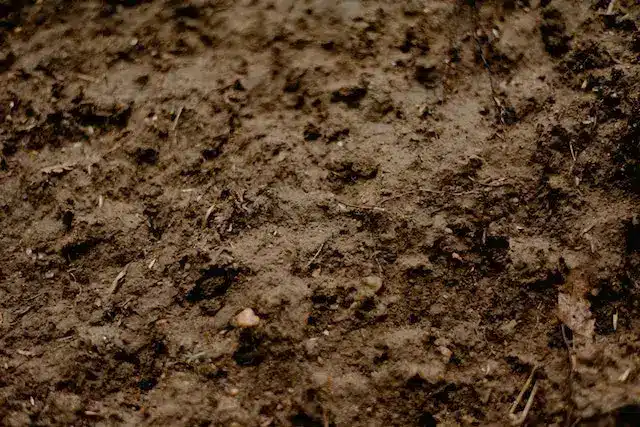
Test your soil. Your soil may need additional nutrients to balance your lawn before seeding, but adding unnecessary fertilizer when it doesn’t need it could do more harm than good to your grass (and the environment). A lawn care company can help you test your soil and recommend the right type of fertilizer to add at this step.
Get to seeding. The right equipment can play a major factor in lawn success when overseeding a lawn. Lawn care professionals typically use a chest-mounted spreader to apply seed. As a residential homeowner, you may use a similar chest-mounted rotary spreader or a handhold rotary spreader. When choosing a spreader to rent, borrow, or buy, be sure you can control the flow setting to get the desired coverage rate for your seed. Also, be sure there a deflector, which can help prevent seed from ending up in garden beds or edging. Apply the first half in even lines walking North to South, and then apply the other half in even lines as you walk East to West for full coverage.
How Much Grass Seed for Overseeding?
For establishing a full, turf-type lawn from seed, you’ll want to use 2-3 pounds of Kentucky Bluegrass seed or 4-9 pounds of tall fescue per 1,000 sq. feet of lawn.
Should I Kill Weeds Before Overseeding?
Killing weeds should be part of your preparation phase before seeding. You’ll want to kill weeds and undesired grass before seeding. Your herbicide (weedkiller) will determine how long you have to wait before adding seed to your lawn. Commercial-grade pre-emergent herbicides may need to be applied 8-12 weeks before you can seed.
If you plan on killing weeds or grass before overseeding your lawn, be sure to consult the product label. We like to say, “The label is law,” when it comes to weed control, fertilizer, or seed products. Follow the directions provided or reach out to lawn care professional for a reseeding timeline based on the products you’re using.
When to Fertilize for Overseeding
If your grass is brown and looks dead, you may think you need to add more fertilizer. But if your grass has reached the end of its annual growth cycle, dumping more fertilizer on top could be damaging. Test your soil before seeding to see if you need to add nutrients, or ask a lawn care service to test and recommend the best fertilizer to use before adding seed.
When to Mow After Overseeding
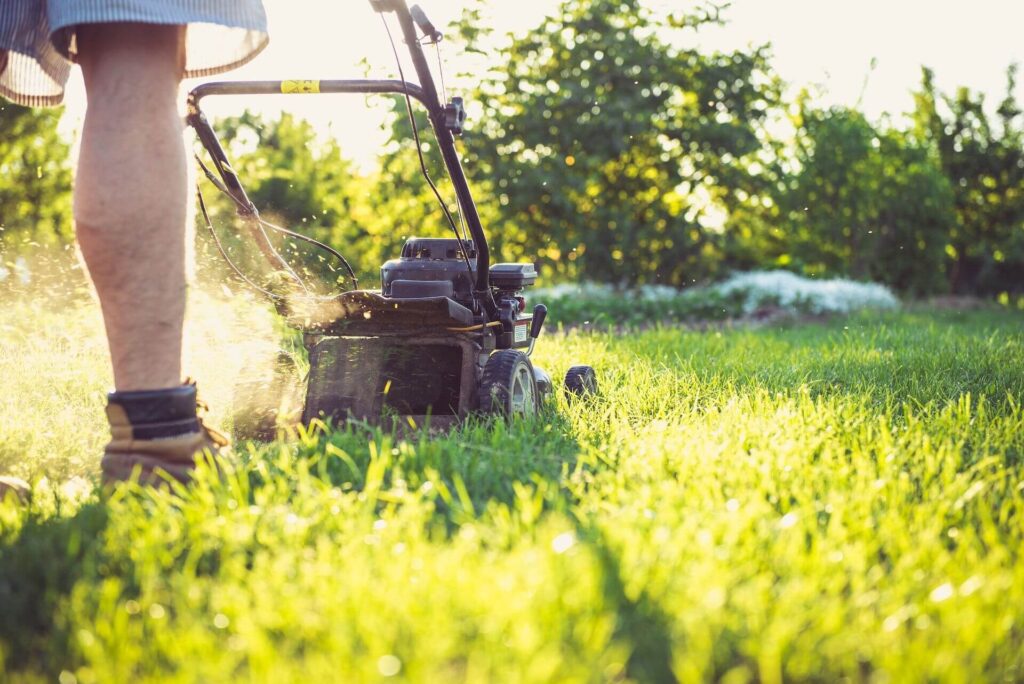
While you may be tempted to protect those brand-new budding little grass babies from the mower, you’ll want to mow as soon as possible. Mowing your seeded grass helps encourage secondary stem development, making plantings thicken and controlling weeds while the seedlings establish.
Pro Tip: Make sure your mower blade is nice and sharp so it’s actually cutting the seedlings. A dull blade could tear and rip up your seedlings and keep you from achieving lawn success.
When Should I Water After Seeding?
Water techniques are another important factor in achieving a luscious lawn. Your goal is to keep the top 1/2 – 1 inch of soil damp, but not soak the soil to the point that you’re washing the seeds away.
During the first two weeks, water your soil gently 2 – 4 times a day to help your seeds germinate. (This may vary depending on temperature.) As your seedlings develop, you’ll taper off your daily watering schedule. Once they’ve reached mowing height, you can cut watering back to 2 – 3 times a week. As your grass grows, you’ll water less often but more deeply with each application to encourage root development.
Long-Term Benefits of Overseeding
Most people start looking into overseeding as a way to improve the appearance of their lawns. But you may be surprised to learn that adding seed to your existing grass can bring long-lasting benefits to the health of your lawn, as well.
Overseeding can help with weed control. Drought conditions can thin grass, which creates an attractive environment for weeds to spring up. When you fill in sparse grass areas with grass seed and thicken up your turf, you’ll naturally minimize lawn weeds. Over a decade of research has shown that overseeding is a beneficial weed management tool.
Mixing together different seed types is a tactic used by the most prestigious golf courses in the world to ensure their grass is always greener, no matter the season. Warm-season grass, such as buffalograss, can go dormant in the winter and can display a tan color in early spring and late fall. Studies have shown that adding a cool-season grass like blue fescue to buffalograss enhanced spring green up, fall color retention, and turf quality.
Overseeding can protect turf density, as researchers from Cornell and other universities discovered. These universities found that overseeding weekly under high-traffic conditions preserved 90% turf density. Now, your lawn may not be put under the same high-traffic, strenuous conditions as a university football field, but if you have consistent high-traffic, regular overseeding can help protect and maintain your lawn.
If your lawn was established a long time ago, there’s a chance the grass varieties are less advanced than the grass used today. Overseeding with “modern” seed types and blends can better help your lawn resist insects, disease, and drought than previous grass types.
Myths and Misconceptions About Overseeding
Despite the numerous visual and health benefits that come with adding more seed to your existing lawn, some people still feel skeptical about overseeding. Our experienced seeding technicians hear misguided and misinformed myths all of the time, including:
Is Overseeding Really Necessary?
Like any lawn care tactic, overseeding may not be necessary if you don’t care about the health or appearance of your lawn. You don’t have to seed, fertilize, mow, or even water a lawn – that is, unless you want to keep it. But for the homeowner or renter who wants a lush, green, and healthy lawn that looks good year-round, naturally repels weeds and insects, and is free from brown, bare patches… overseeding is the secret to an enviable lawn. It’s the same tactic golf course superintendents, university grounds maintenance crews, and lawn care professionals use to get fantastic results.
Overseeding is Too Complicated
Overseeding requires preparation and planning to get the best results, but the process is simple. Once you understand what time of year is best to seed, which types of seed you want to utilize, and how to prep your soil and lawn to receive the seed, anyone with access to the right equipment can seed their own law.
Of course, you can make overseeding even easier by calling a team of professionals to do the job. We help Colorado Springs residents get the lawns of their dreams through overseeding. Getting a green lawn is as easy as picking up the phone and calling the professional technicians at J. Rick Lawn & Tree.
Overseeding is Too Costly
Grass seed is relatively inexpensive, and overseeding costs far less than tearing your lawn apart and laying sod to start fresh. Even if you call in a team of professionals to seed for you, the cost is surprisingly affordable. Our lawn overseeding services start at just over $120/ application for yards sized under 2,000 sq. feet. Find more details on seeding pricing here.
Should You Overseed Your Lawn?
Overseeding is a not-so-secret lawncare trick that professional lawncare services, universities, and world-renowned golf courses deploy to keep lawns looking lush and green year-round. It can help fill in sparse, brown spots, fight weeds, and protect your lawn against insects and disease.
While naysayers may mistakenly believe that overseeding is overly complicated, expensive, or unnecessary, our clients have experienced the opposite. They love the look of their lawns and the ease and affordability of letting our professional certified technicians overseed to create lawns that look plush, gorgeous, and healthy all year long.
To get a quote for overseeding your Colorado Springs lawn, contact our team at J. Rick Tree & Lawn today.
Other Great Articles about Lawn Care Trips
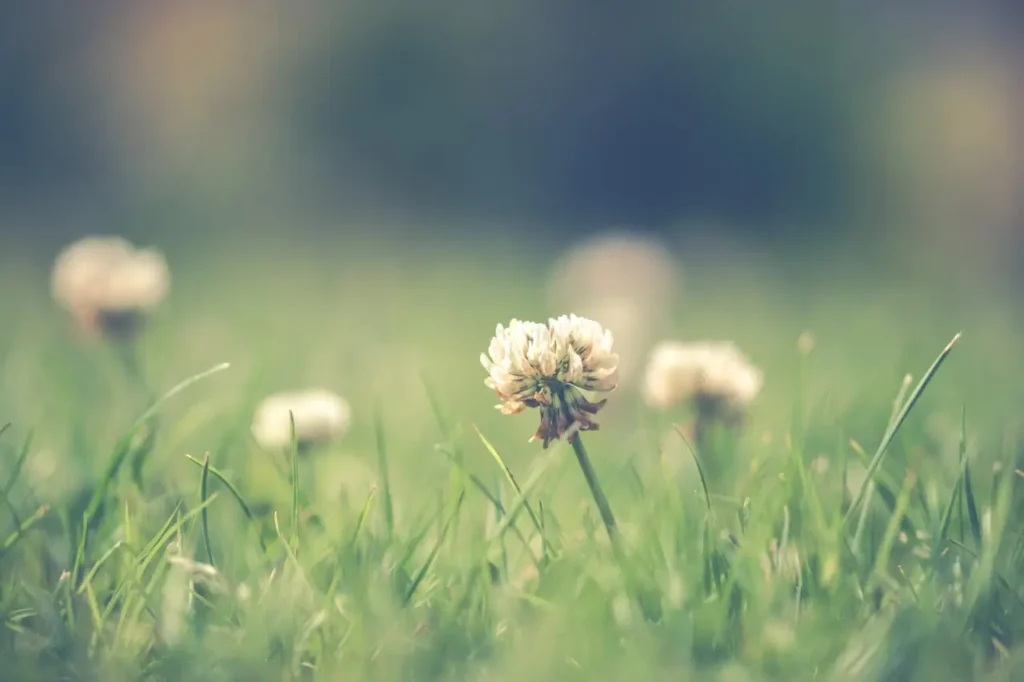
Understanding How Pre-Emergent & Post-Emergent Weed Control Products Work
Weeds can be the bane of any homeowner’s lawn, especially in central Colorado. If you’re battling these pesky intruders, understanding the differences between the various weed control products available can be daunting. That’s why we’re going to explain the two main types of weed management products, pre-emergent and post-emergent herbicides. As you read on, you’ll…
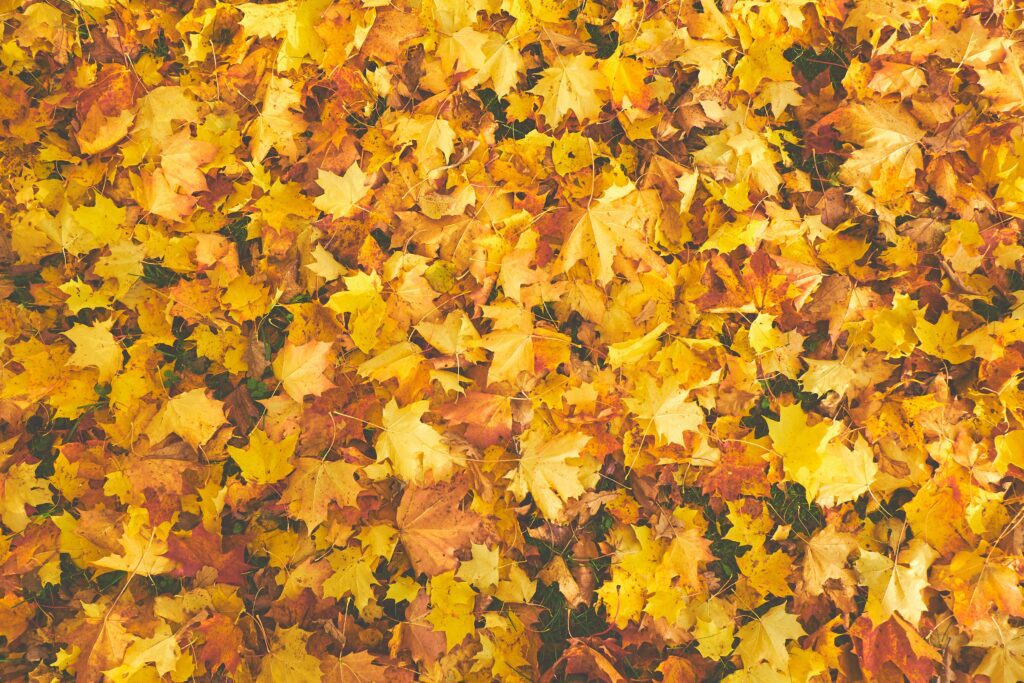
The Complete Guide to Fall Lawn Care: Best Practices for Preparing Your Lawn for Winter
Is this your first fall as a Colorado Springs homeowner? Whether you’re ready to winterize your lawn for the first time or simply need a fall lawn care refresher for the home you’ve lived in for years, these essential lawn care basics will help you transition your lawn from the summer season to winter. Fall…

The Complete Guide to Lawn Mowing + Lawn Mowing Tips for Colorado Springs Homeowners
Mowing your Colorado Springs lawn is more than a weekend chore; it’s essential to keeping your green space healthy and attractive. You may think the only purpose of mowing is to keep your grass from getting unruly. However, your mowing practice can actually help increase your lawn’s density and encourage deep root growth, two factors…
